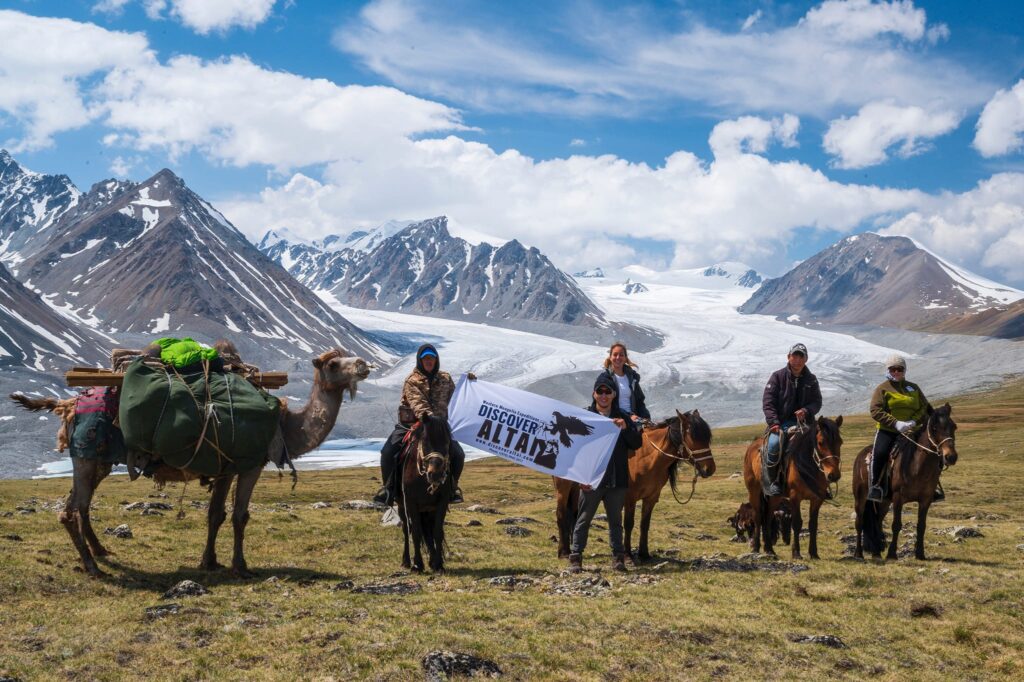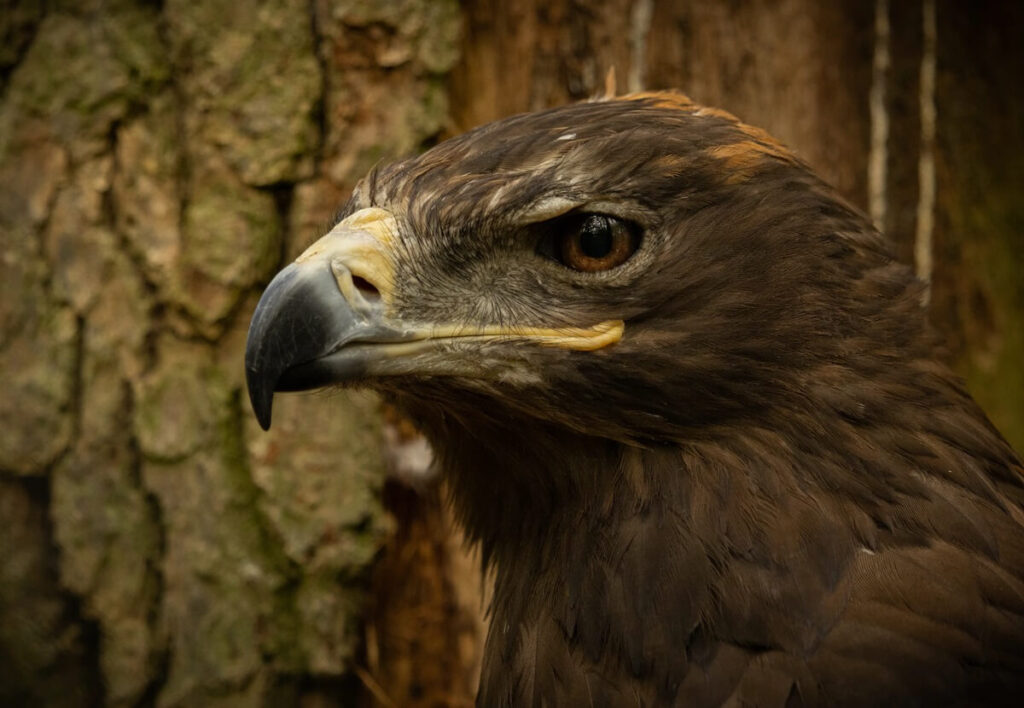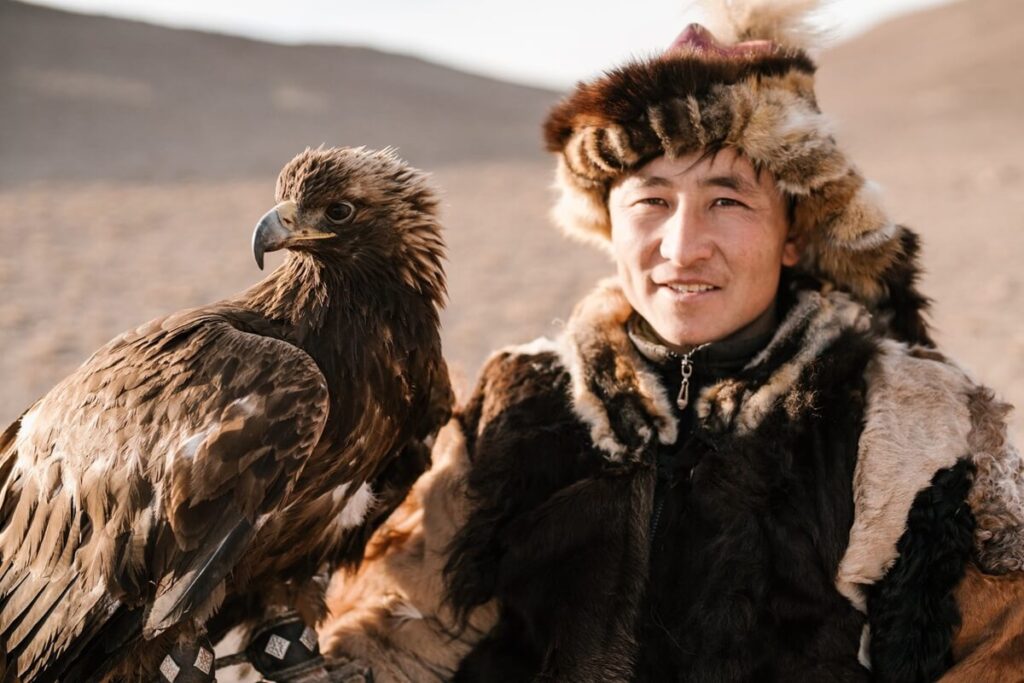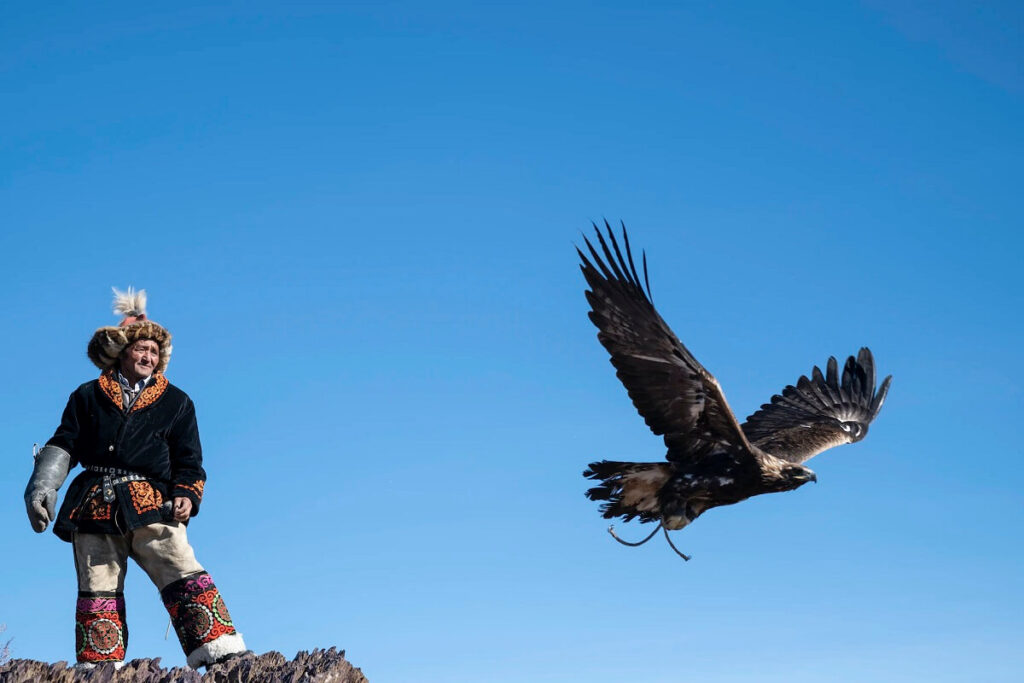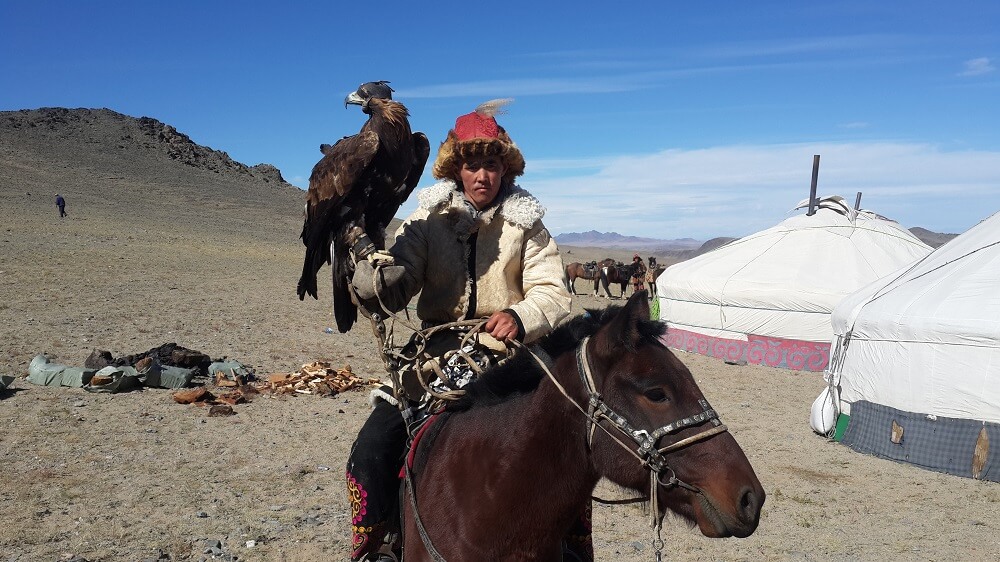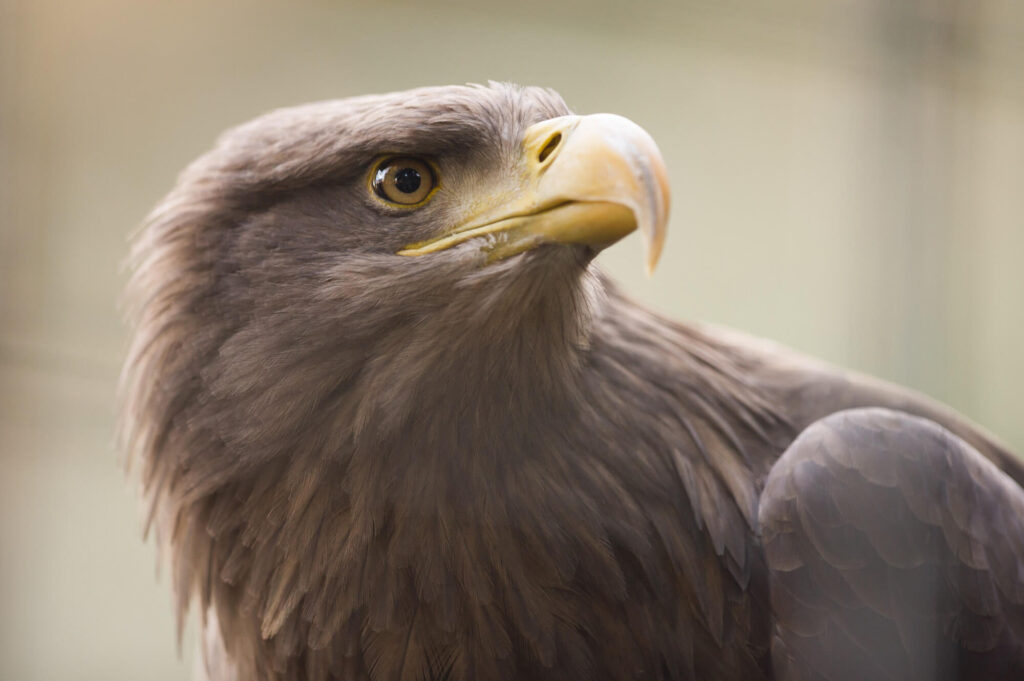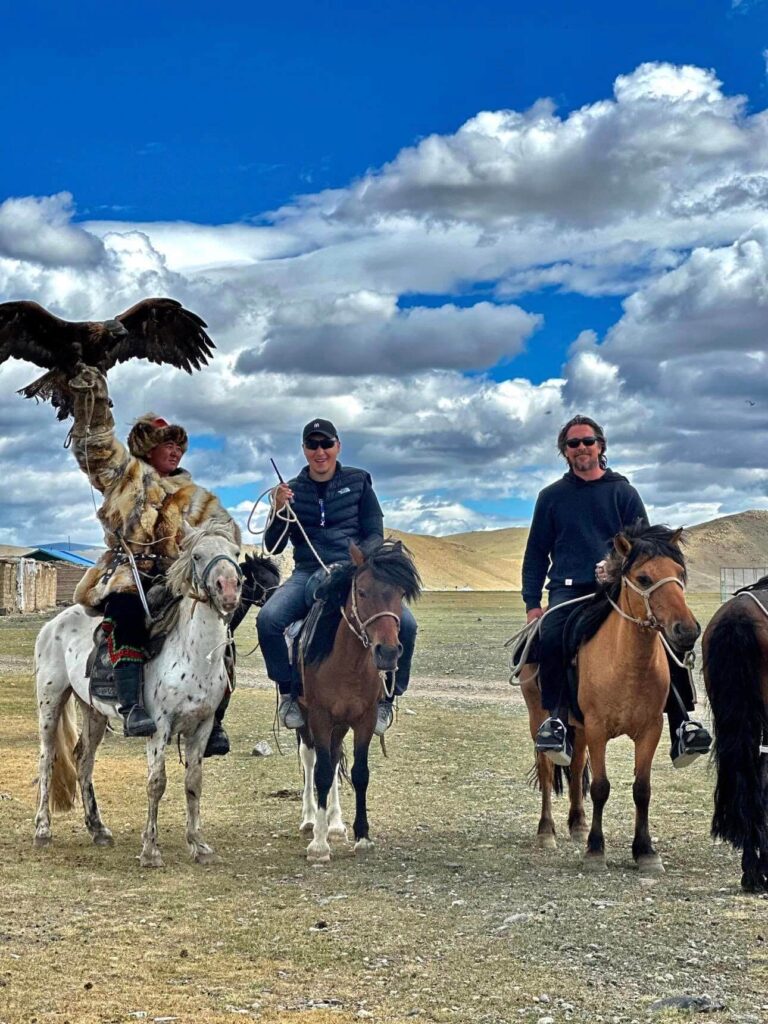Kazakh clothing – The traditional dress of Kazakhs is a reflection of their rich heritage and unique way of life on the steppe. The clothes are practical, comfortable to wear, and made from natural materials that protect from the cold weather.
They also denote the social status of the person wearing them. While poorer people traditionally wore clothes made from animal skins, the rich could afford to make theirs from more luxurious materials such as silk or velvet.
We offer you ALTAI EAGLE FESTIVAL. The Altai Eagle Festival 2025 or the Smaller Eagle Festival will take place in the traditional village of Sagsai. Eagle Hunters will be exhibiting the traditional Kazakh arts of eagle hunting and participating in a number of traditional nomadic horse games, camel races, and archery competitions. Come and enjoy 🤩🤩
WHAT TRADITIONAL KAZAKH CLOTHING CONSISTS OF
It depends on the region where the Kazakhs live. In the north, for example, people wear fur coats to protect themselves from the cold winters. In the south, on the other hand, kaftans are more commonly worn.
Kazakh women usually wear brightly colored dresses with embroidery and intricate designs. They also wear a lot of jewelry, including necklaces, earrings, and bracelets.
Men traditionally wear dark-colored clothing. The most common piece of clothing for men is the shapan, which is a long robe that goes down to the feet. Another important item of clothing is the kolpak, a type of hat that protects from the sun and the cold.
Depending on the season, people would wear different types of shoes. In summer, they wore light boots made from thin leather to keep cool. But in winter, when it was colder, they wore high boots made from rough leather to protect themselves from the cold weather.
Women’s shoes were usually green or red and embroidered with silk thread. They also had small patterned plaques as decorations.
KAZAKH NATIONAL CLOTHES: WOMEN’S
Traditional Kazakh clothing included a long dress or shirt, pants, hat, and perhaps a vest or robe. In the winter, fur coats were worn to protect against the harsh Kazakh temperatures. The color that women wore also depended on their age and social standing.
Young females frequently sported red. However, after turning 30 years old it was deemed indecent to wear this hue. By contrast, middle-aged and elderly ladies generally preferred blue and black dresses as they got older and jewelry lessened.
In earlier times, it was widely believed that eagle owl feathers had the power to protect young girls from evil. up to a woman’s thirtieth birthday, It wasn’t appropriate for any other clothing colors besides red and being limited to wearing less jewelry as they age.
KAZAKH TRADITIONAL CLOTHING: MEN’S
The shapan robe was thought to be one of the most essential articles of clothing for Kazakh men, as it revealed their social standing. Shapans could be of various thicknesses and hues and worn over a shirt and pants.
Plainer shapan with dark colors was thought of normal, and they might be made from a variety of materials and beautifully multi-colored. Ceremonial shapan, for example, were black or blue but also featured gold embroidery. Such ceremonial costumes Were intended to be worn by people who have demonstrated their worth to society.
WHAT DIFFERENT MATERIALS ARE USED TO MAKE KAZAKH TRADITIONAL CLOTHING?
Kazakhs often use white wool and consider wool from the neck of a sheep valuable. The hair of the Bactrian camel is also used for more luxurious clothing. An undercoat, collected after the camel has molted, it is considered particularly valuable.
Imported cotton, silk, and woolen fabrics were used by Kazakh nomads. The feudal nobility used imported fabrics to make their clothing; less-affluent Kazakhs wore more easily accessible materials, such as furs, leather, and homemade wool. Fabrics were home-spun on a primitive, horizontal loom.
CONCLUSION
Kazakh traditional dress is reflective of the nomadic lifestyle and the harsh conditions of the Kazakh steppe. It is a rich heritage that is still evident in Kazakh culture today. From brightly colored dresses to fur coats, the clothing of the Kazakh people is both practical and beautiful.







